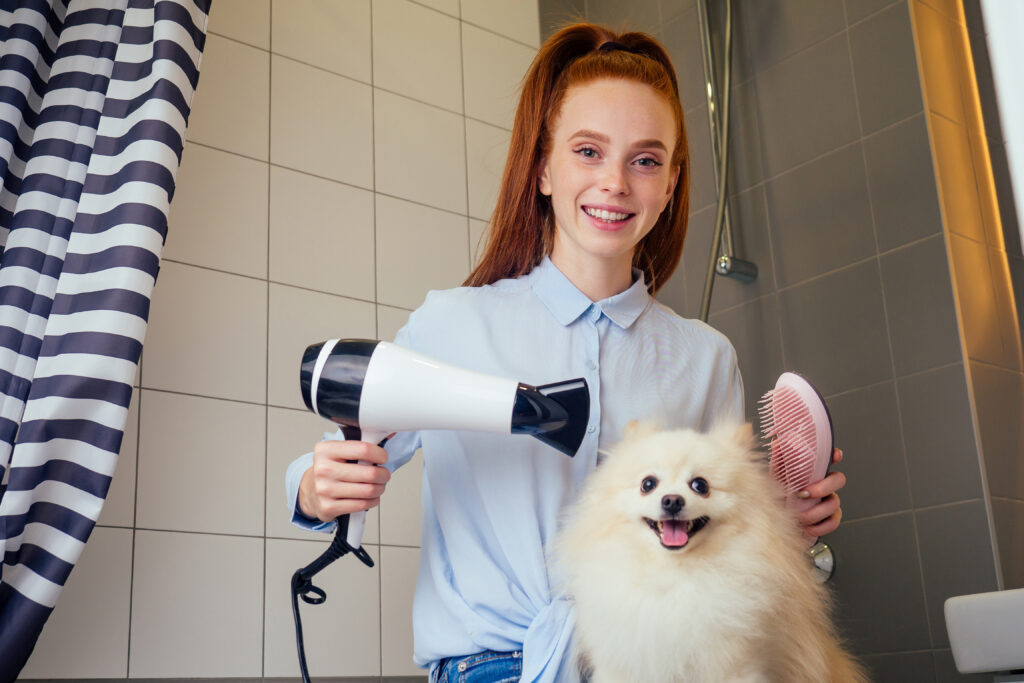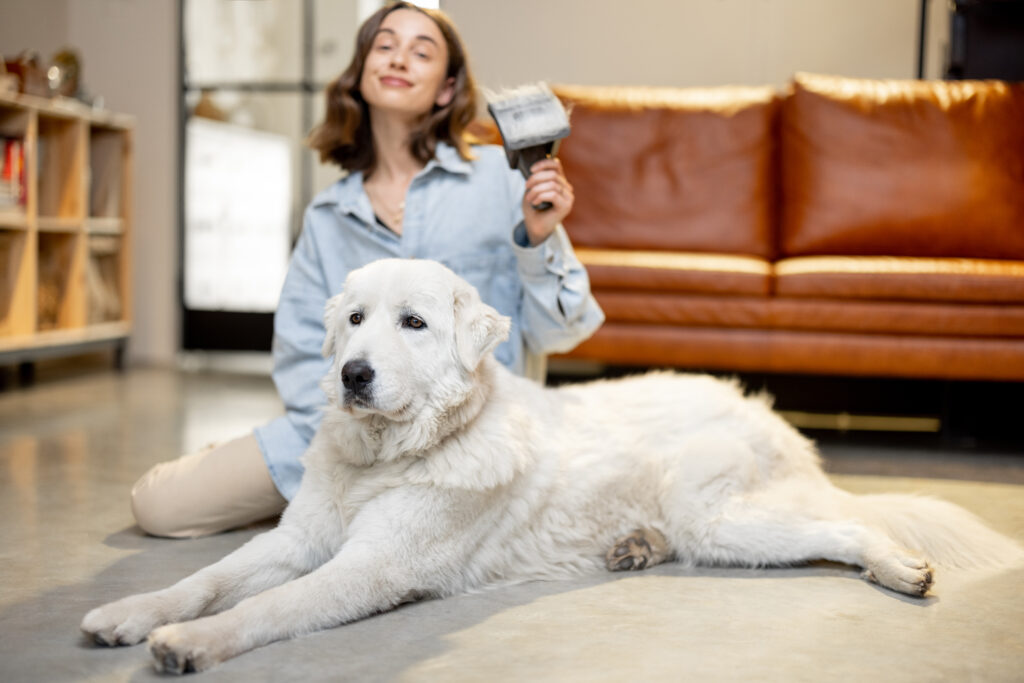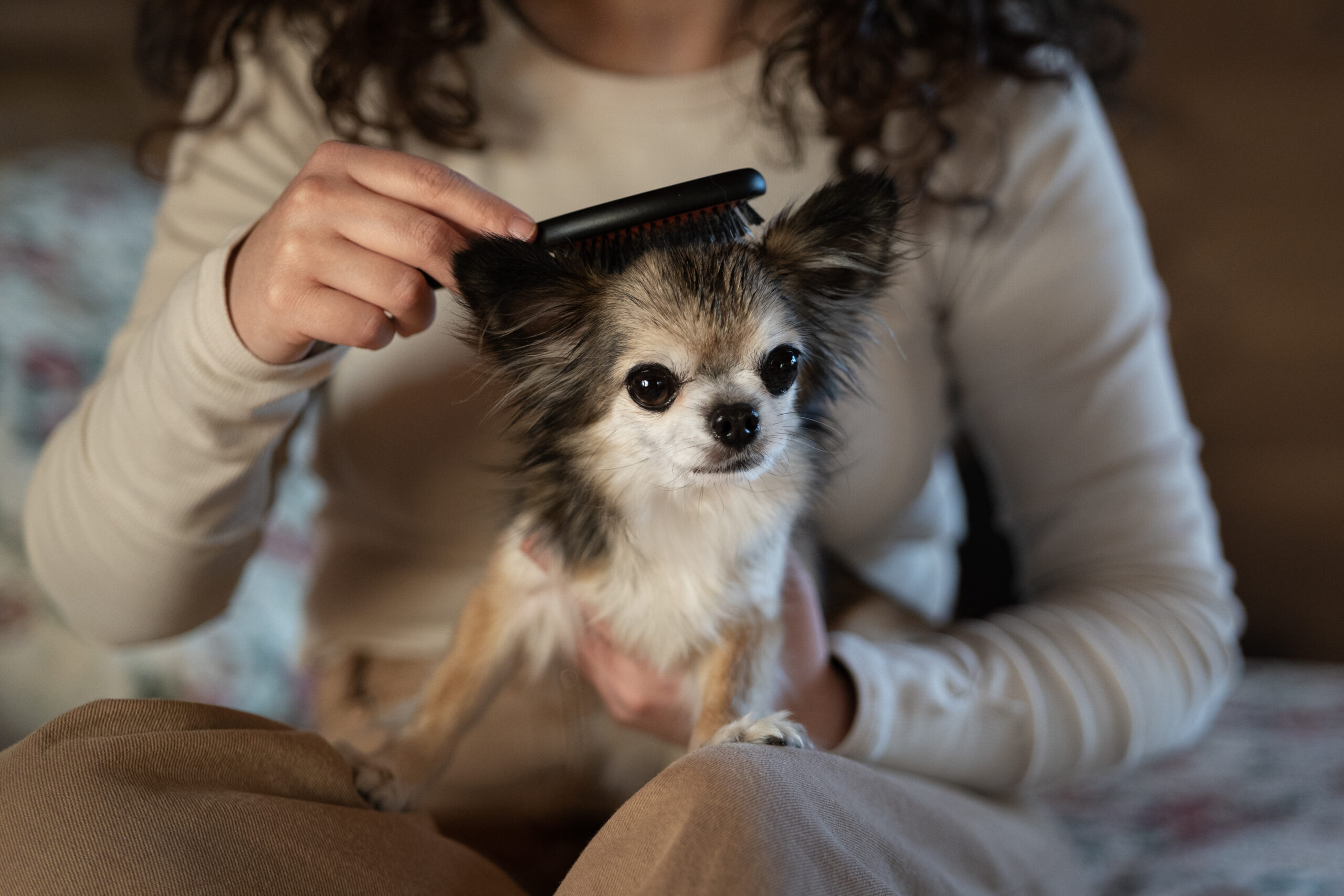Regular Grooming
When it comes to taking care of our pampered indoor pets, it is easy to forget to groom them because they do not engage in activities like rolling in mud, going on nature walks, or playing in the mud. Even though these pets do not engage in physical activities, they still need grooming, just like outdoor pets. Grooming indoor pets enhances their appearance, and is important for their health, well-being, happiness, and vitality.
Having a furry friend like a cat or a dog, or even small critters like bunnies can now be easier since they can be groomed. Grooming is a powerful tool that shows love in very simple ways. Here’s why it matters and how you can integrate it into your routine pet care schedule.

Why Routine Grooming Is Important For Indoor Pets
1. Better Hygiene
Pets that stay indoors are not exposed to the outside world. Despite this fact, they still accumulate dust, dirt, and bacteria. Their coats are a home for dust, dander, and loose hair. Simple grooming exercises such as bathing and brushing your pet help to get rid of this dirt, ensuring that they are clean and fresh.
Grooming for cats helps reduce the self-licking that can lead to hairballs. For dogs, grooming is useful to remove allergens and contaminants that may have been picked up even on a short outdoor trip.
2. Less Shedding
Do you find cat or dog fur on your clothes or upholstery? Regular grooming, especially brushing, helps to reduce shedding by capturing loose fur before it is spread throughout a home. From a household perspective this is a win, but also reduces the risk of mats and tangles for pets.
3. Identifying Health Problems Early
Pets can be groomed to help manage their overall wellness. While brushing or bathing, there could be lumps and bumps or some form of irritation that requires care. Also, checking the ears, eyes, and teeth while grooming is crucial as it aids in detecting infections or other underlying issues. The sooner the issues are detected, the simpler and cheaper treatment will often result in more peace of mind for you.
4. Strengthens Bonding
Pet care isn’t just a job; it’s a way to deepen relationships with your pet. Spending time grooming their coat or cleaning their paws can further enhance the bond. most pets enjoy the cuddles and attention so grooming becomes a healing ritual for both of you.
5. Helps With Mental Health
Having the same routine helps calm pets down. physical petting reduces stress and anxiety, especially for those pets that require a lot of focus and attention. Being well-groomed also makes a pet feel comfortable because the aches of unmaintained nails and coat are taken care of hence they are happier.
Terminal Grooming for Indoor Pets
Now that you know what groom is and its different techniques let us look at some practical ideas to get you going.
1. Brushing
Select a brush that suits your pet’s fur type. Pets with longer hair will most likely require daily brushing to avoid tangles whereas shorter hair pets may only need to brush a few times a week. Encouraging pets to be brushed regularly improves the condition of their skin as well as keeps their coat shiny and smooth.
2. Trimming Your Pet’s Nails
If your pet’s nails are too long, they can restrict movement or even lead to joint issues. When trimming your pet’s nails, make sure to use pet-friendly clippers specially designed for their nails to avoid trimming their quick. If unsure, make sure to consult your veterinarian or a professional groomer for the best advice.
3. Cleaning Your Pets Ears
Pets with floppy ears are susceptible to infections, so you need to check their ears regularly. Clean their ears with vet-approved ear cleaner and some gentle cotton pads. To avoid injuries, do not insert anything into the ear canal.
4. Washing and Bathing
Pets that stay indoors require fewer baths as excessive cleaning can remove the natural oils in their fur. Usually dogs require a bath every 4 to 6 weeks while cats groom themselves. Ensure to use pet-safe shampoo along with lukewarm water and make sure they dry completely, especially during colder months.
5. Taking Care of Your Pets Teeth
Your furry companion requires the same level of indoor dental care as the outside world. Regularly brushing their teeth or using dental treats will keep their mouths fresh and free of plaque. Remember, proper dental care is vital for your pet’s health so be ready to make that effort.
Professional Grooming
Specialized procedures are commonly tailored for inexperienced pet groomers to tend to long coated breeds such as skittish pets and their respective trims. Long coated pets often require frequent grooming which would augment caregiving work. An experienced groomer can help you juggle multiple responsibilities while providing the care your pets need.
Making Grooming A Routine

When you try to groom a pet, a routine is a must as well as consistency. Take time to create a schedule that works for him/her. Try to go slowly in the beginning if the pet does not welcome grooming, mollycoddle him/her with sweet soothing talk and tangible treats and in turn the pet will appreciate coaxing by way of grooming.
Pets need care beyond pampering and routine cleaning. With proper attention to detail such as check-ups on their fur follicles, a pet’s mental and physical state, shedding fur and bond with the caregiver improves greatly which is why the attention to detail is critical
With love, time and a sense of humor in place, families can not only elevate their pet’s daily life while strengthening joyful bonds with them, taking care of a pet doesn’t have to be viewed as chore. A home can be cultivated into warm place to live in where a well-groomed and joyous pet contributes greatly to the household.


